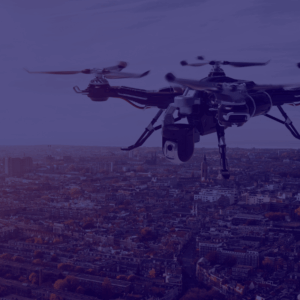Ransomware attacks are one of the main threats facing European businesses today. They’re not just technical incidents that disrupt operations or cause temporary data loss: the most significant impact is on corporate reputation. In a highly competitive market, customer and partner trust is an intangible but crucial asset.
A single cyber incident can jeopardize years of investment in image, branding, and communications.
According to the ENISA Threat Landscape 2024, ransomware is among the top cyber threats in Europe, with effects that extend not only to system availability but also to the credibility of affected organizations.
Reputation as a strategic asset
Corporate reputation should be considered on a par with other strategic assets, such as intellectual property or critical infrastructure. It influences consumer decisions, strengthens business partnerships, and determines the ability to attract investment.
The World Economic Forum, in its Global Cybersecurity Outlook 2024, highlights how “digital trust” is now a key parameter of competitiveness: the loss of digital trust immediately translates into a loss of value and market positioning.
A ransomware attack undermines this balance: the brand becomes associated with vulnerabilities, inefficient data management, and the inability to protect customers and stakeholders. Even if systems are restored, the reputational impact persists.
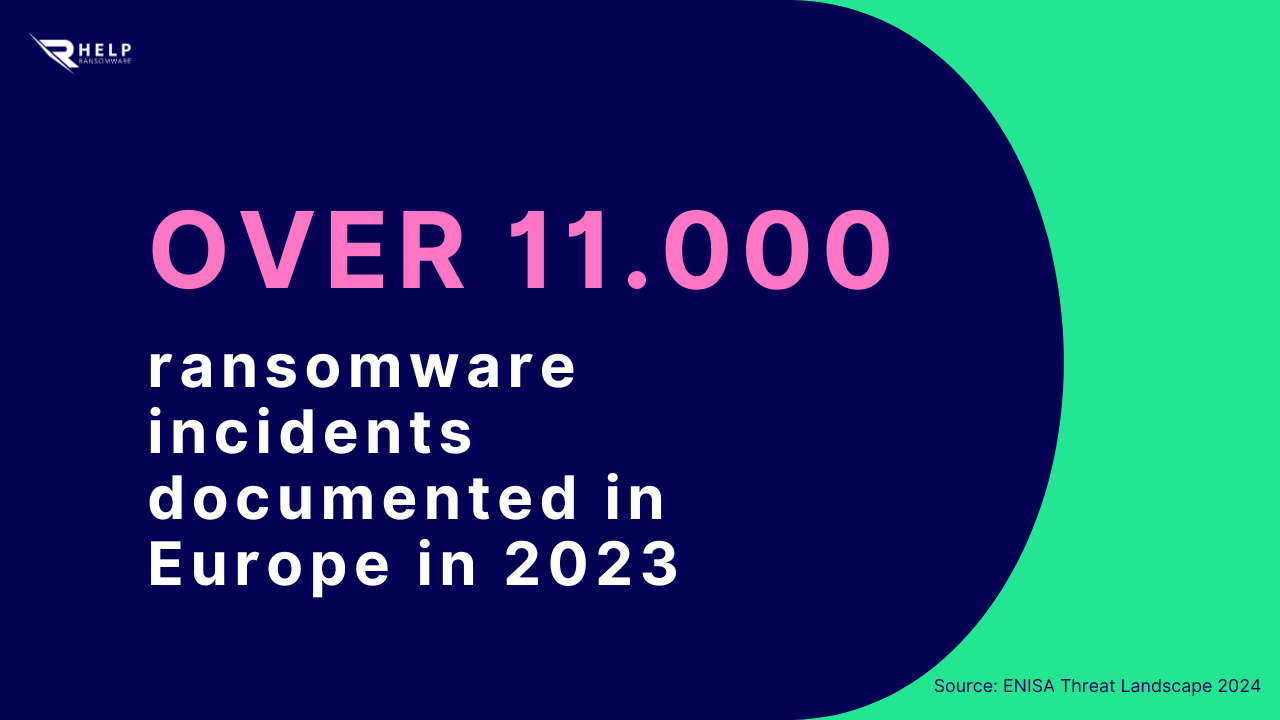
Why reputational damage is so significant
The reputational damage resulting from a ransomware attack isn’t just a collateral damage: it’s a crisis of confidence that rapidly spreads inside and outside the organization.
Customers, partners, and investors interpret a cyber incident not just as a technical vulnerability, but as a failure of governance and transparency.
Therefore, every second lost in managing and communicating the attack can amplify the perceived impact and transform a technical problem into a lasting loss of image.
The reputational impact of ransomware attacks can be attributed to a variety of factors. These include:
- Notification requirements: The NIS2 Directive and the GDPR require incident notification, making many breaches public.
- Speed of information: news spreads in real time, amplified by social media.
- Customer expectations: Consumers expect high levels of protection for their personal data.
- Growing regulatory pressure: The Report on the State of Cybersecurity in the Union 2024 finds that the European regulatory framework is increasing transparency and corporate accountability in the event of an incident.
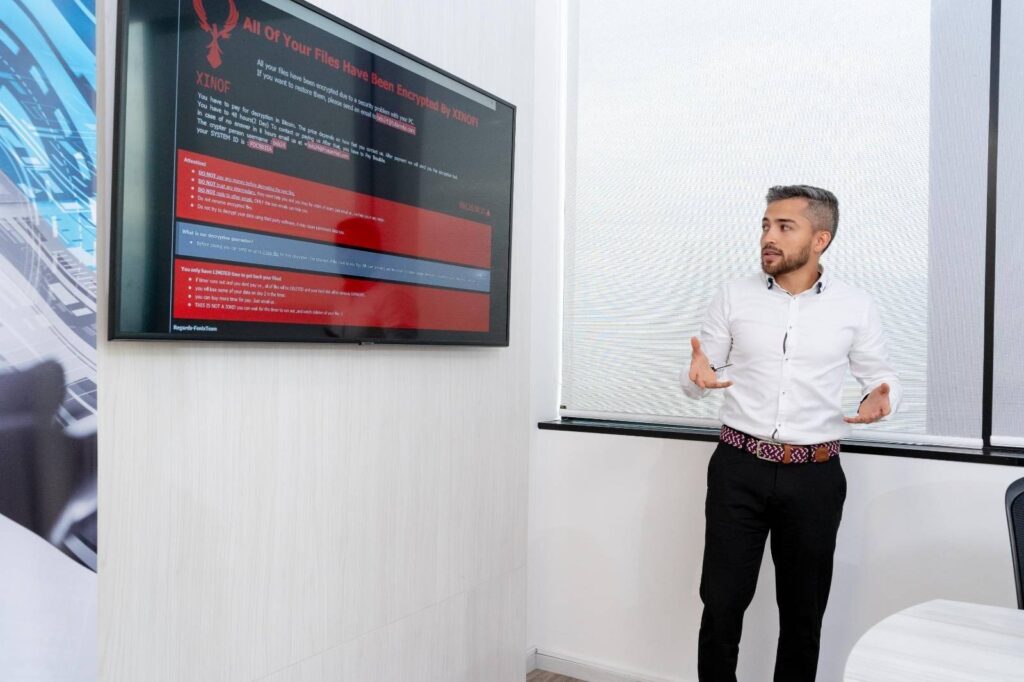
Immediate Ransomware Help
Don’t let ransomware hold your business hostage. Our experts are ready to recover your data and secure your systems.
Crisis Management: Institutional Guidelines
A ransomware attack isn’t just a technical issue: it’s a full-fledged reputational crisis. Therefore, it must be managed as a complex crisis. Restoring systems isn’t enough: an integrated response that encompasses communication and governance is needed.
Best Practices for Cyber Crisis Management document recommends developing crisis plans that include communication procedures, clear roles, and rapid decision-making processes. Clear communication, both internally and externally, is essential to reducing reputational damage.
Furthermore, the Council of the European Union recently adopted a Blueprint for coordinated cyber crisis management, aimed at strengthening the Union’s overall resilience and supporting Member States in managing large-scale incidents.
Clear communication is essential to reduce reputational damage. Therefore, it’s crucial to immediately implement an incident management plan with tested procedures and trained personnel.
“Reputation is the true capital of businesses today. After a ransomware attack, it’s not enough to recover data: you need to rebuild trust. Managing communications is just as important as the technical response, because a mistake in the narrative can amplify the damage more than malware.” — Andrea Baggio, CEO HelpRansomware
Prevention and reputational resilience
Prevention is the first form of defense for a corporate reputation and must be addressed systemically. European institutions reiterate that resilience is not built with a single technical measure, but with a coordinated set of controls, procedures, and organizational culture.
Among the priority measures are:
- Strong Authentication (MFA): Mandatory for all critical access, it dramatically reduces the risk of credential theft.
- Secure and regularly tested backups: not just copies of your data, but isolated (air-gapped) archives to ensure recovery even in the event of a ransomware attack.
- Network segmentation and privilege management: Apply the “least privilege”principle to limit attackers’ lateral movement.
- Continuous training and simulations: an annual course is not enough, regular exercises are needed to prepare staff to recognize phishing attempts and react to realistic scenarios.
- Constant threat monitoring: Adopt threat intelligence tools to identify anomalies and indicators of compromise early on.
“Every second counts. Digital resilience is not a reaction, but a culture. Companies that invest in prevention and training not only avoid financial losses, but demonstrate leadership and reliability even in times of crisis.” — Juan Ricardo Palacio, CEO HelpRansomware
The regulatory framework reinforces these requirements. The NIS2 Directive introduces more stringent obligations for essential operators and digital service providers, imposing minimum security standards and governance responsibilities. In parallel, the Cyber Resilience Act broadens the scope, establishing security requirements for digital products placed on the European market, with the aim of structurally reducing the vulnerability of the digital ecosystem.
According to the ENISA Threat Landscape 2024, adopting these types of preventative practices not only limits the risk of successful attacks but, more importantly, reduces the reputational impact. Demonstrating robust procedures, regular audits, and transparent governance strengthens the perception of trustworthiness among customers, partners, and authorities.
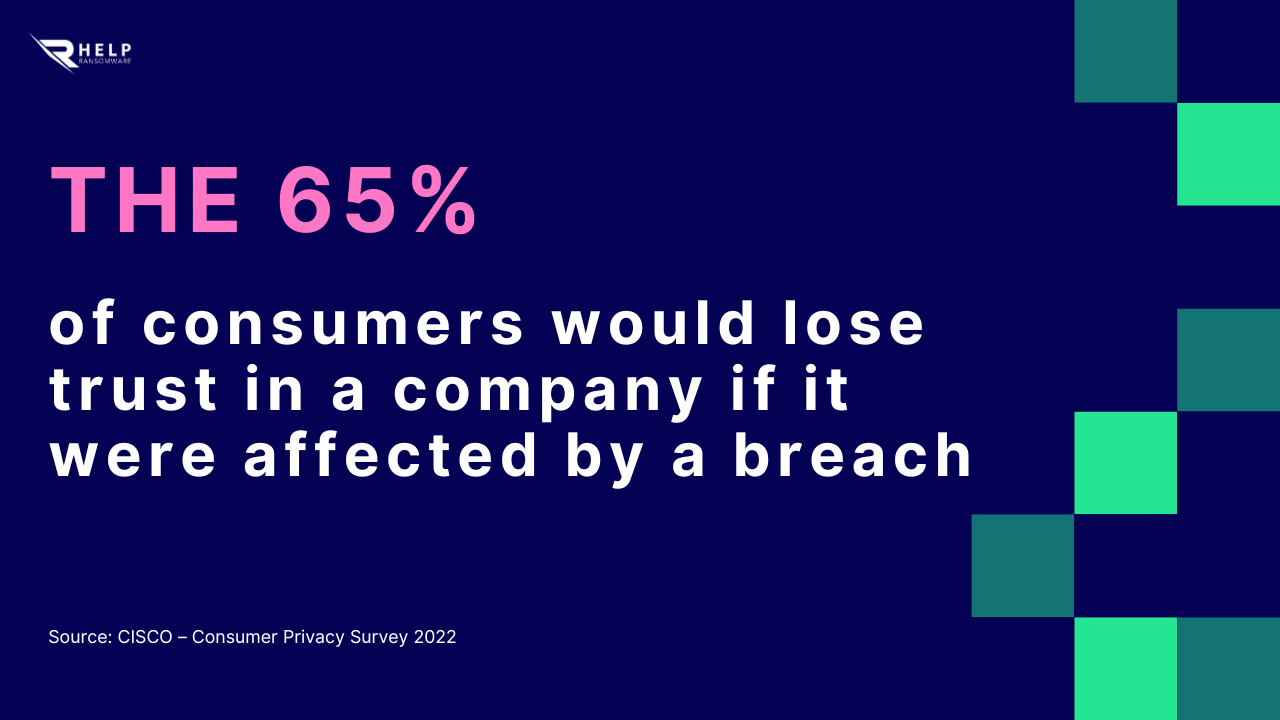
An evolving global picture
Protecting corporate reputation is now a shared global priority.
In Cisco‘s 2024 Cybersecurity Readiness Index, over 90% of executives surveyed recognized that digital trust is now a strategic business factor. In the United States, the Cyber Incident Reporting for Critical Infrastructure Act (CIRCIA) requires companies to report any significant attack within 72 hours, while similar initiatives, such as the Singapore Cybersecurity Code of Practice 2024, are proliferating in Asia-Pacific.
At the multilateral level, the UN and the World Economic Forum are promoting a “trust by design”approach, integrating cybersecurity into corporate social responsibility. This trend demonstrates that digital reputation is no longer just a technical or European issue, but a cornerstone of global governance and corporate sustainability.
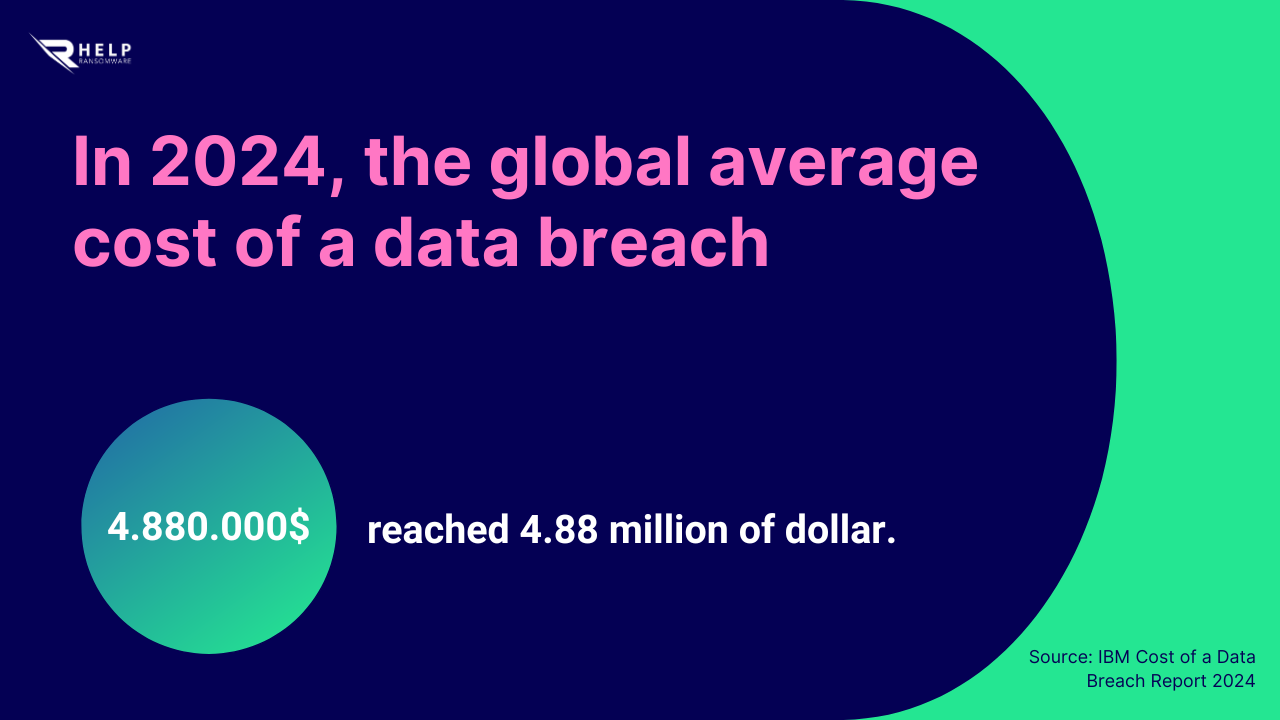
HelpRansomware: Protecting Reputation and Business Continuity
Dealing with a ransomware attack requires much more than a simple technical response: it requires an integrated strategy that combines technology, communications, and crisis management. This is where
HelpRansomware, a partner specializing in cyber attack prevention, management, and mitigation, comes in.
Our team supports companies at every stage of the digital security journey:
- Prevention and training: comprehensive IT infrastructure audits, phishing simulations, and customized courses to increase staff awareness.
- Incident response and data recovery: Immediate interventions to block the spread of ransomware, clean up compromised systems, and recover data without paying ransoms.
- Post-attack communication management: assistance in defining clear and transparent messages to customers, the media, and stakeholders to limit reputational impact.
- Recovery and continuous improvement: Post-event analysis, evolving security plans, and ongoing monitoring to strengthen business resilience over time.
With HelpRansomware, businesses not only restore operations, but also regain the trust of customers and partners, turning a crisis into an opportunity to demonstrate strength and transparency.
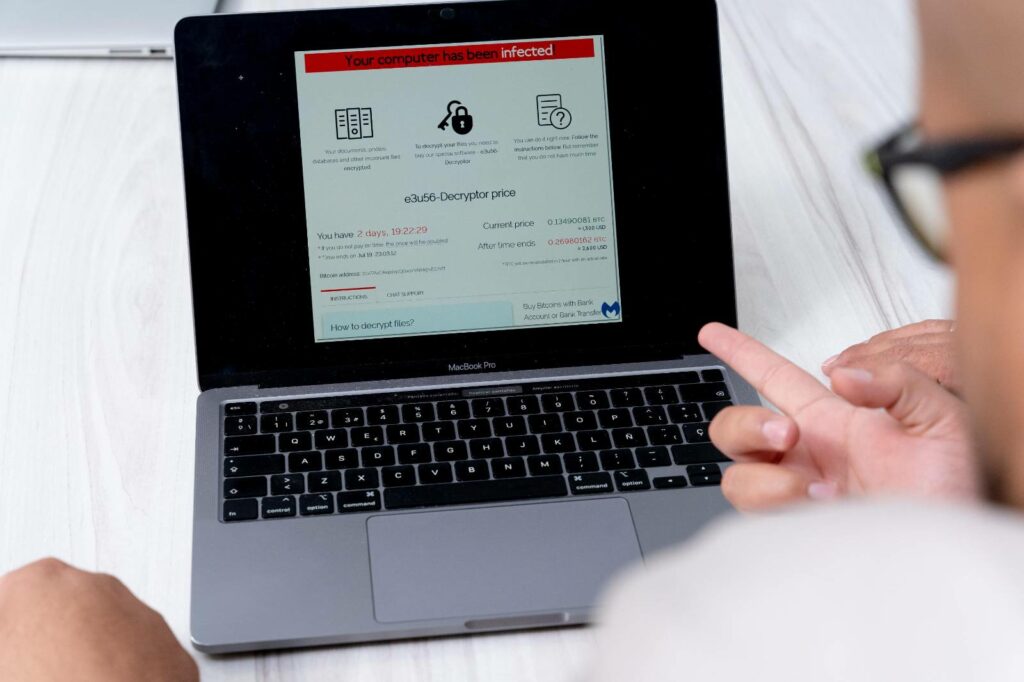
Immediate Ransomware Help
Don’t let ransomware hold your business hostage. Our experts are ready to recover your data and secure your systems.
Conclusion
Ransomware isn’t just an attack on systems: it’s a threat to organizational trust and credibility. In an increasingly global regulatory environment, reputational protection has become a governance imperative.
HelpRansomware supports businesses with integrated prevention, management, and recovery services, ensuring that a cyber attack doesn’t result in an irreversible crisis for their corporate image.
Request a free assessment of your digital infrastructure and find out how to protect your data and reputation.
Frequently Asked Questions (F.A.Q.)
Yes. ENISA analyses show that reputation is perceived as the most damaging factor, even years after the incident.
The NIS2 Directive and the GDPR require timely notification to the relevant authorities and, in many cases, to the affected users.
No. A layered approach is needed that includes MFA, segmentation, secure backups, and threat intelligence.
We provide audits, incident response plans, phishing simulations, and post-attack communication support to reduce the technical and reputational impact.



